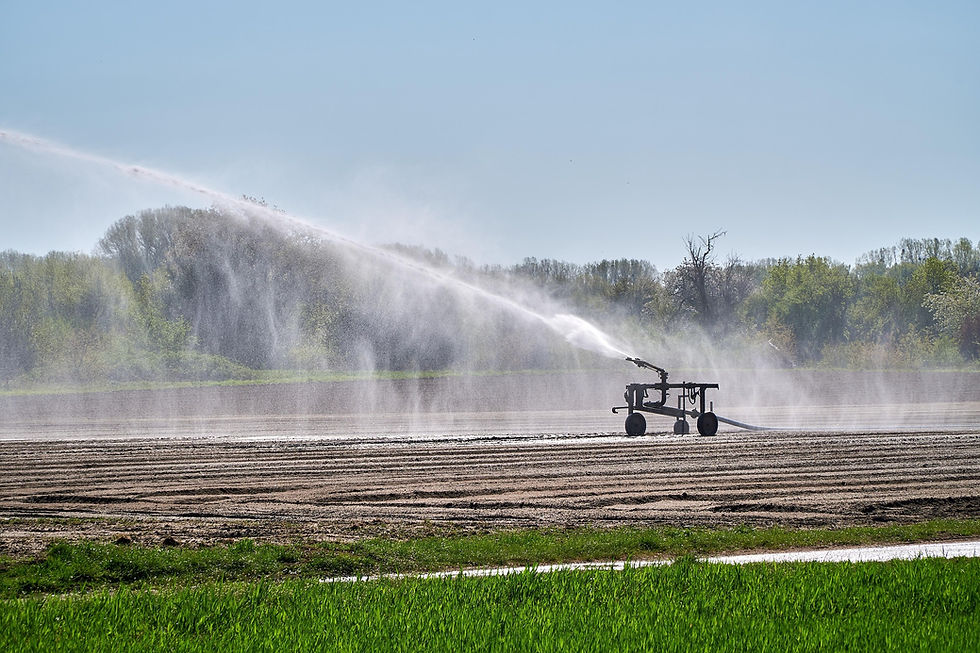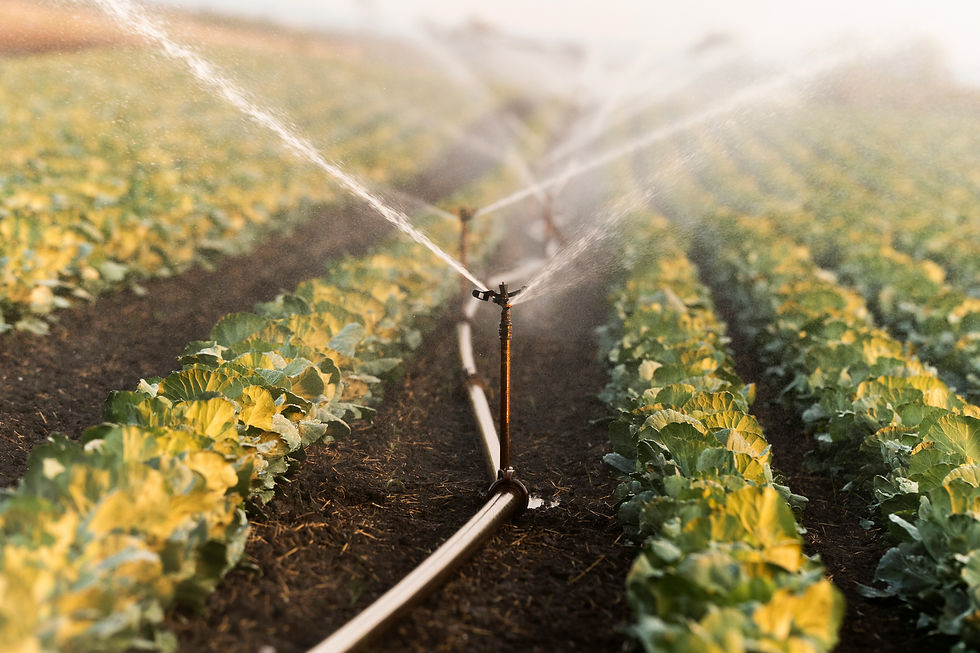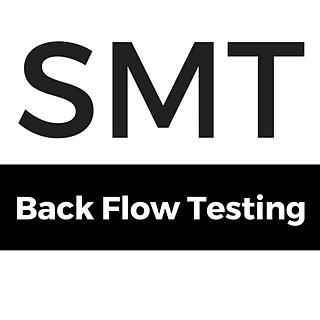Impact of backflow in an irrigation system
- Steve Tamkee
- Jul 24
- 2 min read

If you have an irrigation system, you're aware of its crucial role in maintaining a healthy landscape. Whether it’s a garden or agricultural lands, your irrigation system carries water across distances to irrigate the land.
While that all sounds well and good, when it comes to your irrigation system, backflow is a four-letter word. Backflow in an irrigation system can carry contaminated water into the clean water supply. On an irrigation system, this water can be contaminated with fertilizers, pesticides, bacteria, or other pathogens that may be present in the system.
To prevent this from happening, backflow devices are installed. These one-way valves protect against both back siphonage and back pressure, which pulls water the wrong way in a water system.
The primary ways that backflow manifests in an irrigation system are through backpressure or back siphonage.
Backpressure and back siphonage in an irrigation system
Back pressure in an irrigation system happens when there is an excessive amount of downstream pressure compared to the upstream pressure. This usually occurs when there is a slope or elevation in an irrigation system. The increase in gravity causes pressure to build, which can lead to water from the downstream side flowing back into the main supply.
To avoid back pressure backflow, a backflow preventer like double check valve assemblies (DCVA) or pressure vacuum breakers is installed within the system.
In contrast to back pressure, back siphonage is caused when water gets sucked (rather than pushed) back upstream through an irrigation system. This is due to a loss of pressure in the pipes that creates a siphoning effect, pulling the downstream water back.
Installing backflow preventers like pressure vacuum breakers or atmospheric vacuum breakers is specifically designed to prevent back siphonage.
Impact of back-siphonage in agriculture
Preventing backflow in agricultural settings is necessary as agricultural connections are directly connected to potable water. Water usage on agricultural lands is hefty, and there is a greater risk of contaminants, such as fertilizers, pesticides, animal waste, and other chemicals, entering the water system.

The introduction of these pathogens can have harmful effects can result in catastrophic losses for businesses, crops, and livestock. Waterborne contaminations can also cause drastic illnesses in the public realm, with illnesses caused by water consumption.
To prevent contamination, the typical backflow prevention devices installed on agricultural irrigation systems are double check valves or reduced-pressure assemblies. Air gaps can also be used as an effective method for preventing backflow.
But beyond backflow regulation, having a good chemigation system can also go a long way to preventing back siphonage.
How to maintain your irrigation system
Regular maintenance and inspections of your irrigation system will allow you to stay on top of any issues that may arise. Annual inspection is required in BC through the Waste Water Management program, and inspections, certification and maintenance can only be performed by a certified backflow technician.
Certified backflow assembly testers have undergone training to properly assess, repair, and maintain backflow prevention assemblies, ensuring that there is no cross-contamination between the potable water supply and the water held in the irrigation system.
If you’re looking to have your irrigation system certified this year, please give us a call at (778-865-4507) or send us an email, and we'll be happy to book an appointment or provide you with guidance.


Comments